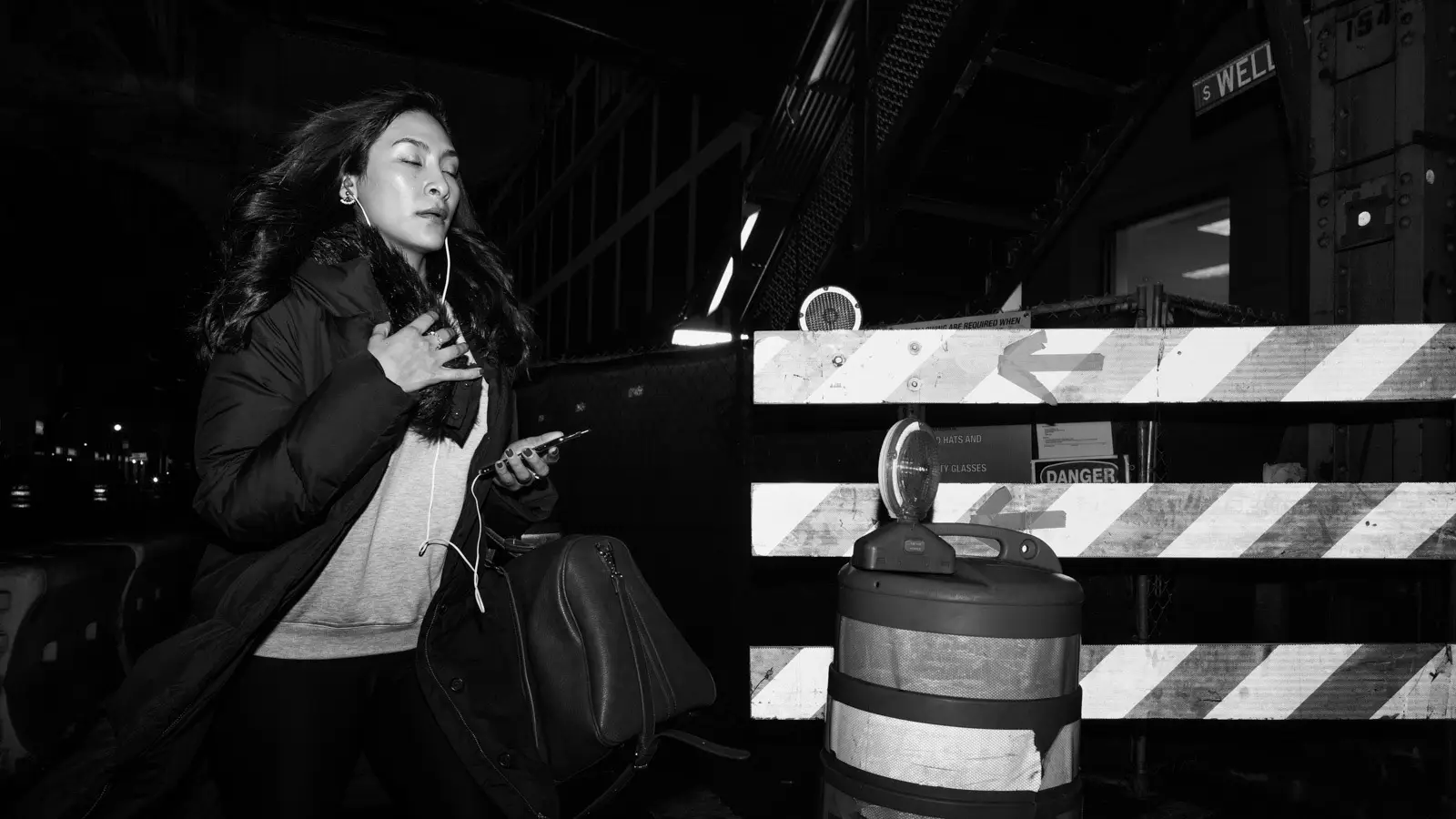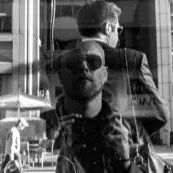Anton Corbijn
Born on May 20, 1955, in Strijen, Holland, Anton Corbijn has been documenting musicians and bands for more than 30 years. When Corbijn borrowed his father’s camera and went to see the music group Solution play in 1972, he found his calling.
Anton Corbijn’s Early Years
Wishing to learn more about photography, Corbijn enrolled in the photography course at the Intermediate Technical College in the Hague in 1974. After he graduated from the 18-month course, Corbijn worked for another photographer, Gijabert Hankelroot, until deciding to break out on his own in 1976.
During the late 1970s, the music scene was flourishing, especially in London. Aton Corbijn moved to London in 1979 and started working for New Musical Express, a magazine for which he worked until 1985.
Aton Corbijn first exhibited in Amsterdam in 1980. He later exhibited in the City Centre Gallery in Dublin, the Groninger Museum in Groningen and the Stellan Holm Gallery in New York.
In 1983, Anton Corbijn branched out into a new field, music videos. He started by directing the video “Hockey” with Palais Schaumburg, a German New Wave band. Corbijn went on to direct more than 70 videos, including pieces for Depeche Mode, U2, Johnny Cash, Nirvana and Metallica. Corbijn won an MTV award for directing Nirvana’s “Heart Shaped Box” in 1993.
After leaving New Musical Express in 1985, Corbijn continued to photograph rock stars and celebrities. His pictures have been carried in magazines such as Rolling Stone, Harper’s Bazaar, Entertainment Weekly and Esquire. Over the years, Corbijn has shot photos of celebrities including Clint Eastwood, James Brown, Cameron Diaz, Johnny Depp, Sting and Lou Reed.
Anton Corbijn is also responsible for shooting the covers of more than 100 artists’ albums. He has worked on covers for John Lee Hooker, REM, Adam Ant, U2 and Depeche Mode.
Corbijn worked on films as well. Of note is the black-and-white, 13-minute film “Some Yoyo Stuff” about Don van Vliet, more commonly known as Captain Beefheart.
Anton Corbijn: Photographic Style
Many of Anton Corbijn’s portraits are done in black-and-white, allowing the subtleties of texture, shape and line to shine, making the photographs dramatic. Corbijn also uses brown and blue hues in his photographs and also shoots color portraits.
Most of Anton Corbijn’s photographs are quiet. The subjects are not performing in the pictures; they simply exist, even if there is some artifice in the shot.
For example, a black-and-white portrait of David Bowie shows Bowie dressed in only swaddling. But, Bowie’s face, which is facing slightly away from the camera, is expressionless. The light is focused more on his body than on his face. The overall effect is quiet vulnerability.
Keith Richards’ face can be a delight for a photographer, although many photographs of Richards have a manic feel to them. Corbijn’s portrait of Keith Richards includes all the crags and wrinkles in Richards’ face yet makes Richards look almost pensive or tired.
Anton Corbijn sometimes uses backgrounds to enhance his pictures. In a portrait of Lance Armstrong, Corbijn positioned Armstrong in front of a tree. Armstrong’s shoulders and head are wider than the tree in the photograph, giving the illusion that the tree is growing out of Armstrong. The tree elongates Armstrong, making him look more powerful.



